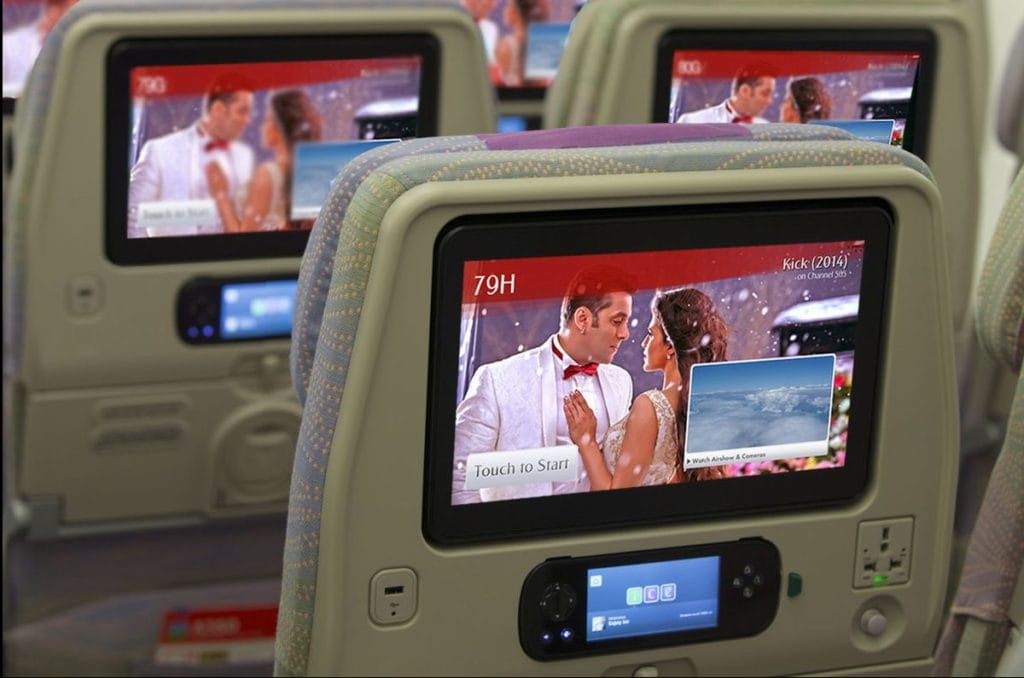40 Success Stories: When Disney Introduced Closed Captions With Emirates
Share

To celebrate the 40th anniversary of APEX EXPO this year, we’re looking back at APEX members’ most significant achievements. Today, we examine how Walt Disney Direct-to-Consumer and International was instrumental in making in-flight entertainment accessible for the hearing impaired.
Register for APEX EXPO (Los Angeles, September 9-12)
Walt Disney Direct-to-Consumer and International, the global content sales and distribution segment of The Walt Disney Company, was one of the first member companies to join APEX. With its recent acquisition of 20th Century Fox, it is now one of the largest suppliers of feature films and television product to the airline industry.
One of the most gratifying aviation-related milestones for the company – which significantly contributed to improving passenger experience – was working with Emirates and Panasonic Avionics Corporation to introduce closed captions as part of the carrier’s ice Digital Widescreen in-flight entertainment offering in 2007.
In a press release, Emirates defined its 2007 closed captions as, “The technology used by the hard of hearing which, as well as showing the actors’ dialogue in subtitles, also includes references to sound effects used in the movie.”
The work carried out by Disney with Emirates, which is widely accepted to be an industry first, took place the year after the US Department of Transportation issued a notice of proposed rulemaking to make closed captions or audio descriptions mandatory for in-flight entertainment.
In a post from 2013, the Airfax blog ties the move in with a 2007 step made by APEX to “adopt a closed-caption standard based on bitmap €” a ‘rendered image’ solution that enabled captions to be provided without boarding two complete versions of every movie (one with and one without captions).” This solution meant Emirates could offer closed captions in numerous languages that passengers could switch on and off.
See more posts from the 40 Success Stories campaign.



